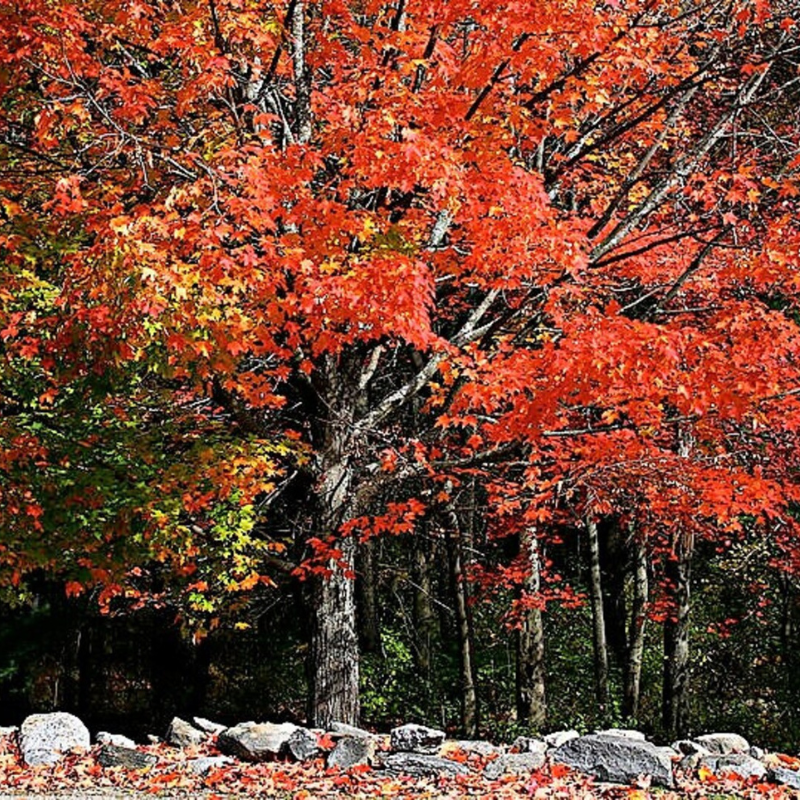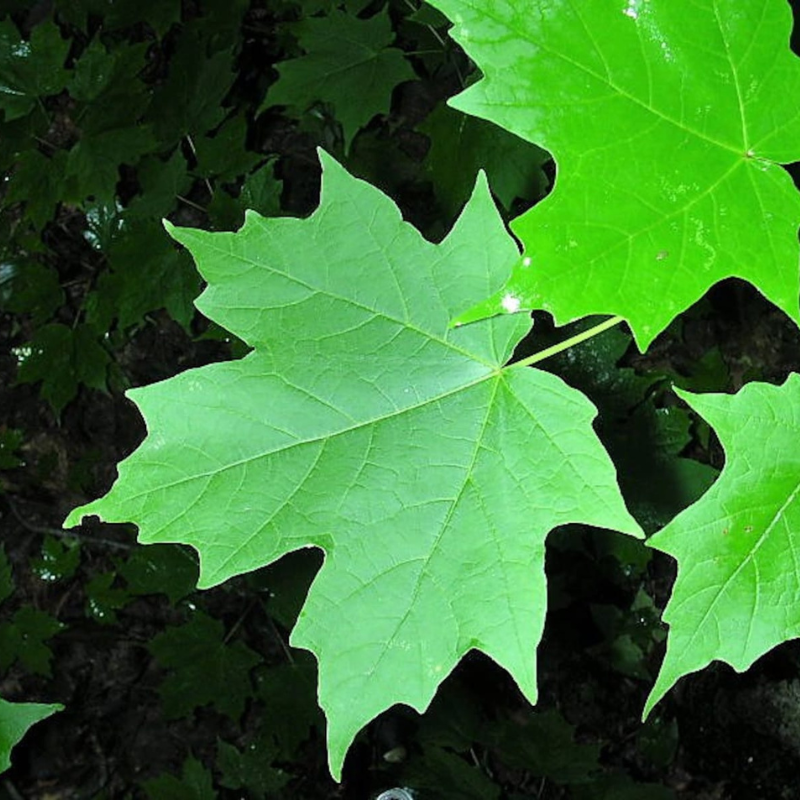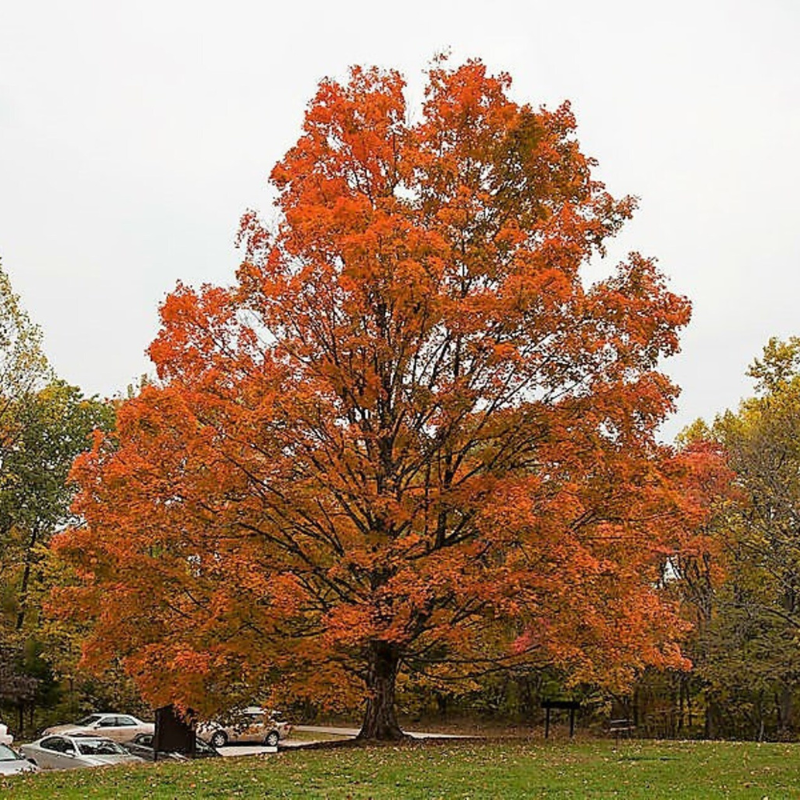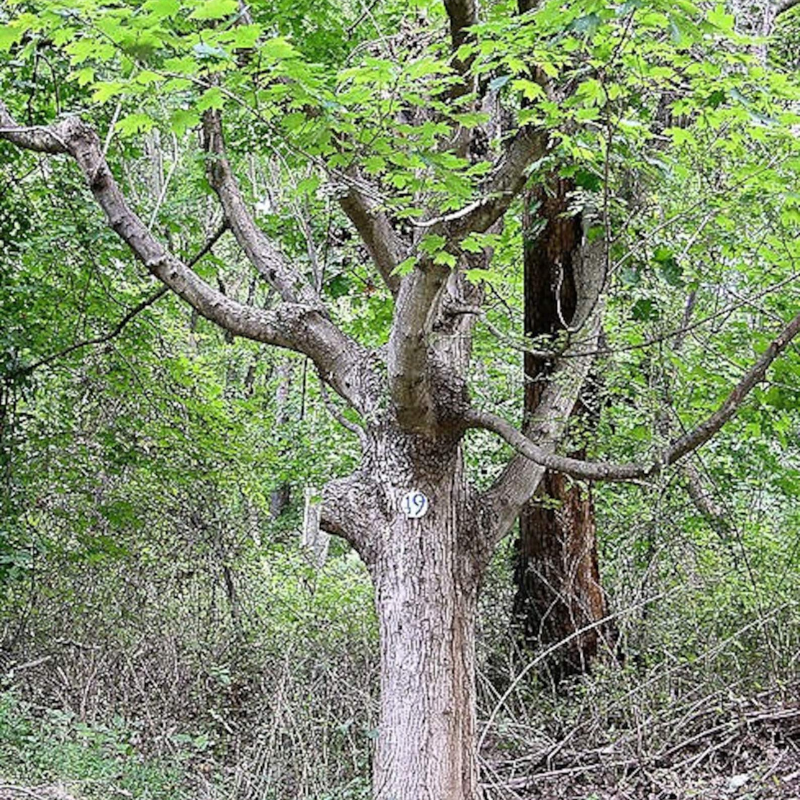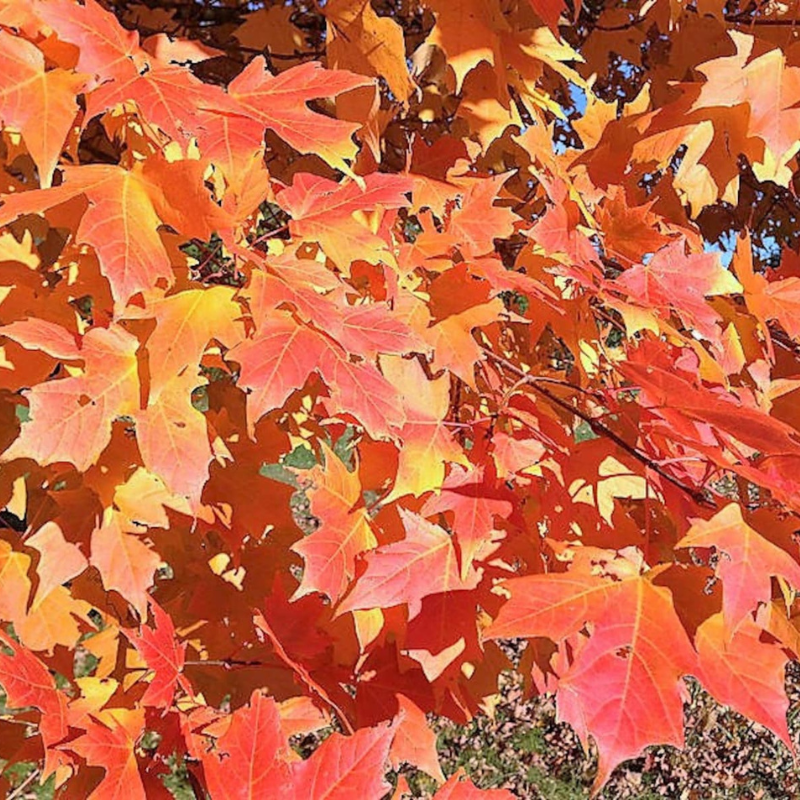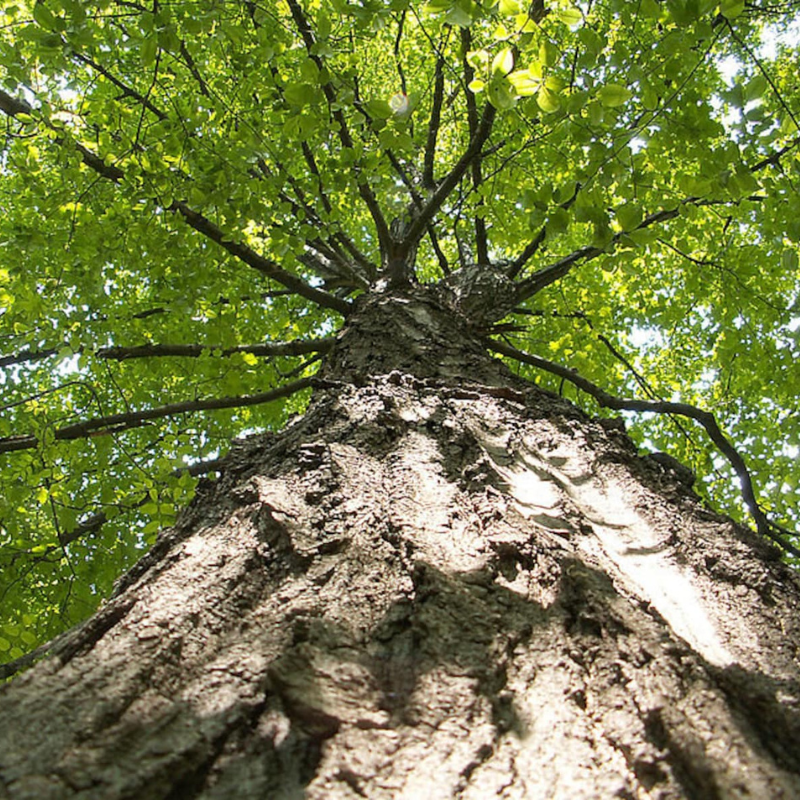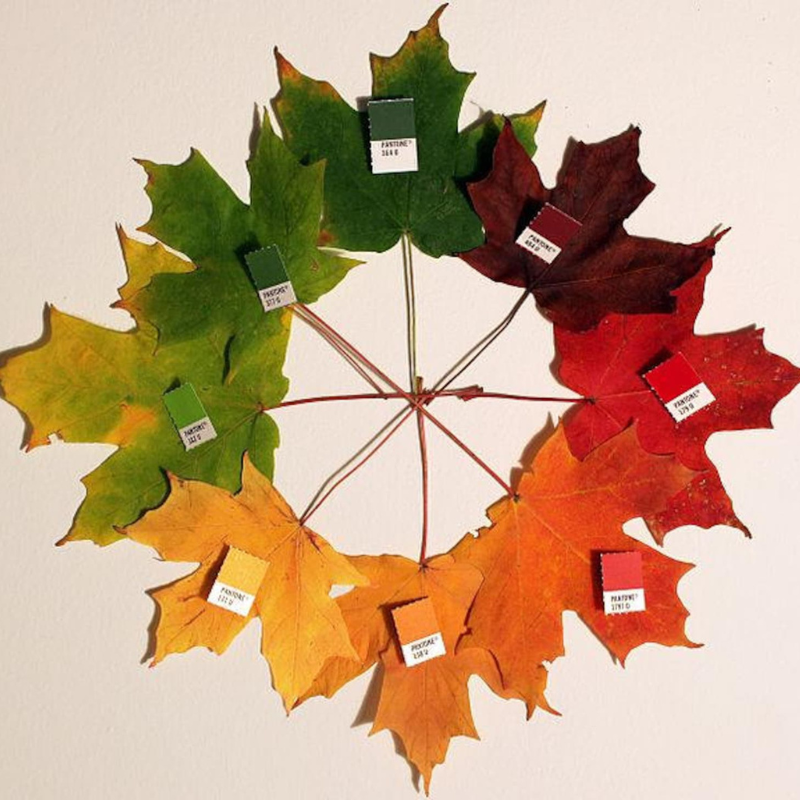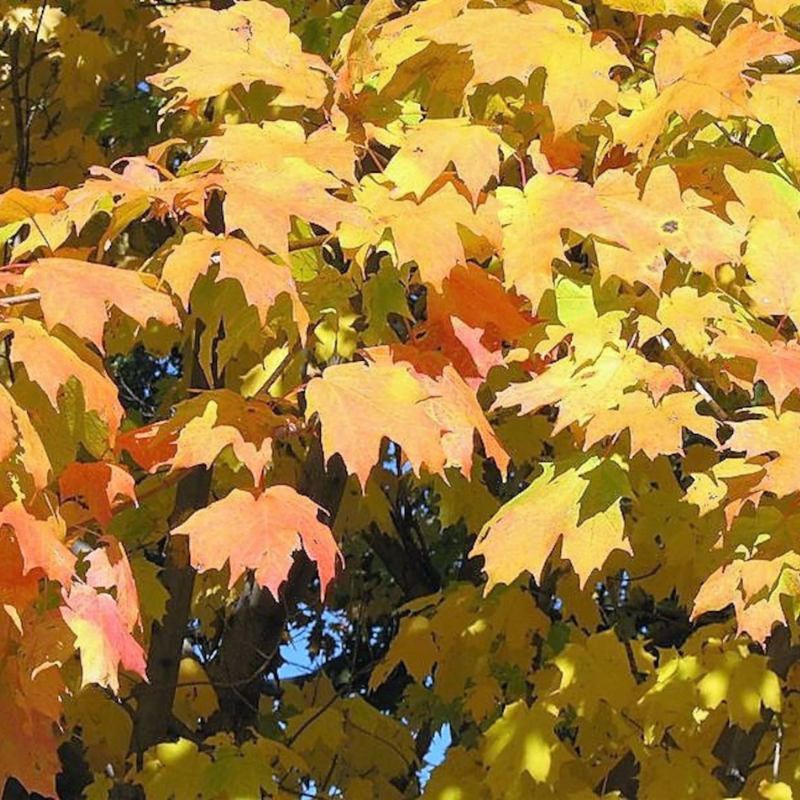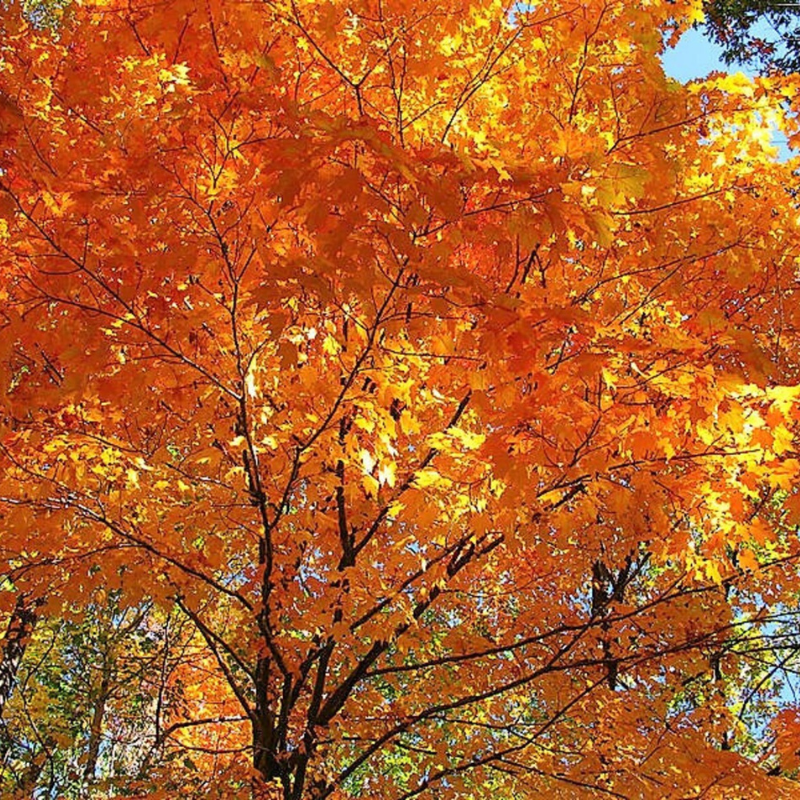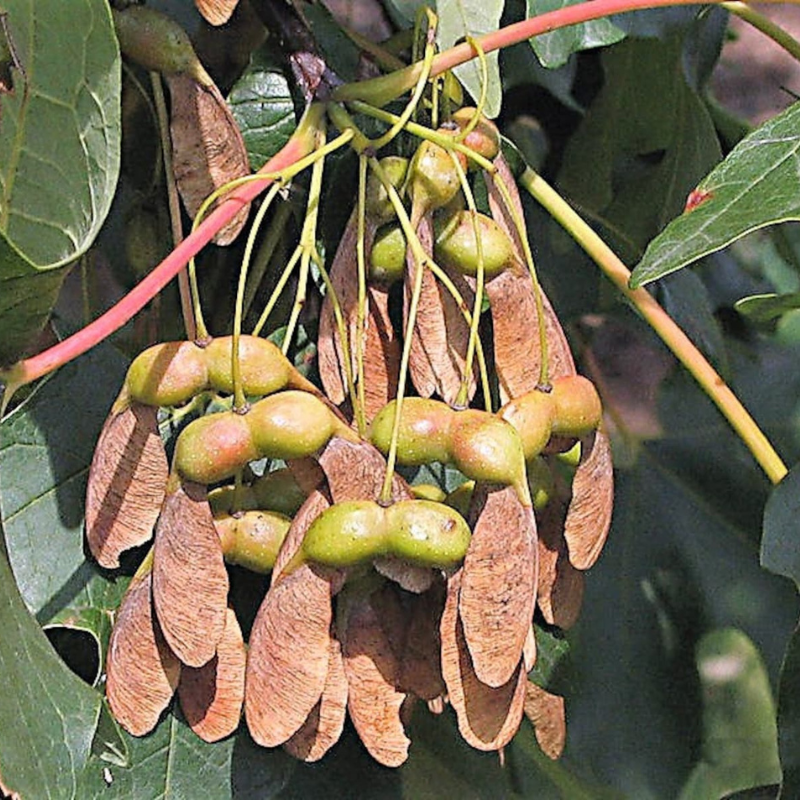- Historical context: The sugar maple tree (Acer saccharum) is a species native to the hardwood forests of northeastern North America. It has been a significant part of the region's ecosystem and culture for centuries.
- Geographical origination: The sugar maple is primarily found in the northeastern United States and southeastern Canada, particularly in areas like New York, Vermont, and Quebec.
- Relevant cultural significance: The sugar maple is renowned for its sap, which is used to produce maple syrup, a staple in North American cuisine. It also holds cultural significance for Indigenous peoples and early settlers who relied on it for food and trade.
- Time period of discovery: The sugar maple has been known and utilized by Indigenous peoples for centuries, long before European settlers arrived in North America.
- Original habitat: The sugar maple thrives in mixed hardwood forests, often found in well-drained, fertile soils.
- Notable historical uses: Historically, the sugar maple has been used for its sap to make maple syrup and sugar. Its wood is also highly valued for furniture, flooring, and musical instruments due to its hardness and fine grain.
- Ideal temperature range: Ideal Temperature Range: 45-75°F (7-24°C).
- Soil type: Soil Type: Prefers well-drained, loamy soils with a pH between 5.5 and 7.3.
- Sunlight requirements: Sunlight Requirements: Full sun to partial shade.
- Watering needs: Watering Needs: Requires moderate watering, especially during dry periods.
- Planting season: Planting Season: Best planted in the fall or early spring.
- Germination time: Germination Time: Typically takes 90-120 days, often requiring stratification (cold treatment) to break dormancy.
- Growth cycle duration: Growth Cycle Duration: Sugar maples are slow-growing trees, taking several decades to reach maturity.
- Common pests and diseases: Common Pests and Diseases: Susceptible to pests like the Asian longhorned beetle and diseases such as verticillium wilt and tar spot.
- Companion planting advice: Companion Planting Advice: Grows well with other hardwoods like oak and beech. Avoid planting near black walnut trees due to allelopathy.
- Common challenges and solutions: Common Challenges and Solutions: Protect young trees from deer and rodents. Ensure proper watering and soil conditions to prevent root rot and other diseases.
- Nutritional values: Nutritional Values: Maple syrup, derived from the sap, contains essential minerals like manganese, zinc, and calcium.
- Health benefits: Health Benefits: Maple syrup is a natural sweetener with antioxidants and anti-inflammatory properties.
- Culinary uses: Culinary Uses: Maple syrup is widely used in baking, cooking, and as a topping for pancakes, waffles, and oatmeal.
- Medicinal uses: Medicinal Uses: Traditionally, the sap and bark have been used in folk medicine to treat various ailments, including digestive issues and skin conditions.
- Other unique advantages: Other Unique Advantages: The sugar maple is also valued for its beautiful fall foliage, making it a popular ornamental tree in landscapes.
